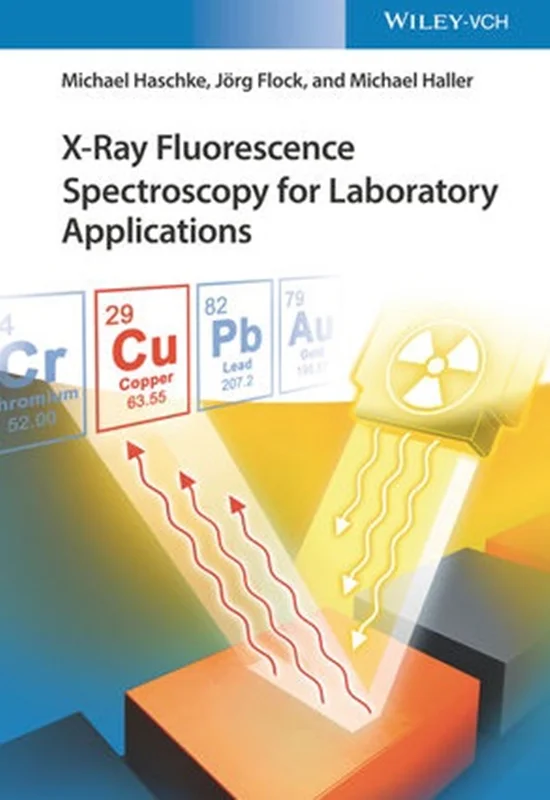X-ray Fluorescence Spectroscopy for Laboratory Applications
Michael Haschke, Jorg Flock, Michael Haller | 3527344632, 978-3527344635, 3527344632, 9783527344635, B08TH3R7SM
English | 2021 | PDF | 15 MB | 474 Pages
Provides comprehensive coverage on using X-ray fluorescence for laboratory applications
This book focuses on the practical aspects of X-ray fluorescence (XRF) spectroscopy and discusses the requirements for a successful sample analysis, such as sample preparation, measurement techniques and calibration, as well as the quality of the analysis results.
X-Ray Fluorescence Spectroscopy for Laboratory Applications begins with a short overview of the physical fundamentals of the generation of X-rays and their interaction with the sample material, followed by a presentation of the different methods of sample preparation in dependence on the quality of the source material and the objective of the measurement. After a short description of the different available equipment types and their respective performance, the book provides in-depth information on the choice of the optimal measurement conditions and the processing of the measurement results. It covers instrument types for XRF; acquisition and evaluation of X-Ray spectra; analytical errors; analysis of homogeneous materials, powders, and liquids; special applications of XRF; process control and automation.
•An important resource for the analytical chemist, providing concrete guidelines and support for everyday analyses
•Focuses on daily laboratory work with commercially available devices
•Offers a unique compilation of knowledge and best practices from equipment manufacturers and users
•Covers the entire work process: sample preparation, the actual measurement, data processing, assessment of uncertainty, and accuracy of the obtained results
X-Ray Fluorescence Spectroscopy for Laboratory Applications appeals to analytical chemists, analytical laboratories, materials scientists, environmental chemists, chemical engineers, biotechnologists, and pharma engineers.

